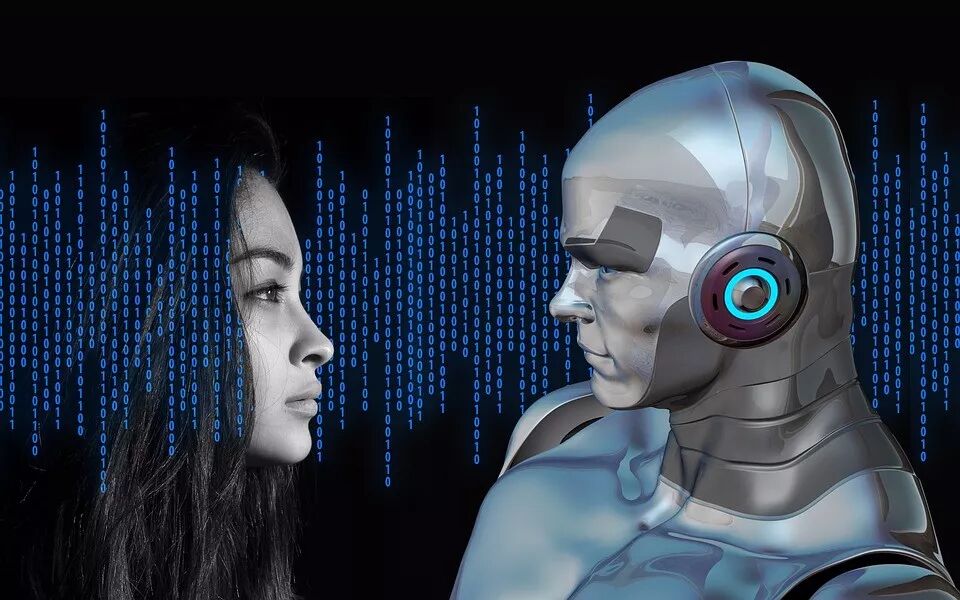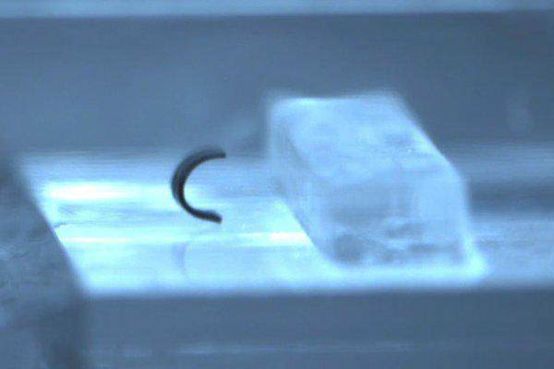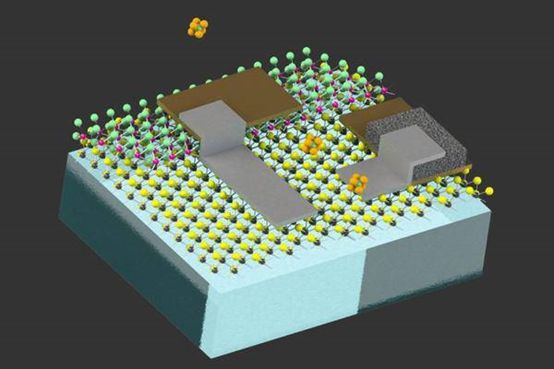Author | Yufei Men
Editor | New Story
First Published | Global Intelligent Business

▍Image Source: Internet
In the internet era, people often use the term “brain hole” to describe some of the strange ideas from netizens. In fact, even before the internet appeared, there were plenty of “brain holes”. For example, the Hollywood movie “Fantastic Voyage” released in the 1960s tells a story: Five doctors are shrunk to a fraction of a millionth of their size, and then injected into a patient’s body to perform surgery, embarking on a fantastic journey within the human body.
Looking back now, such a “brain hole” still seems unrealistic. However, what if we replace the doctors with robots? Scientists are working on shrinking robots to a minuscule size, allowing them to be inserted into the human body for detection or treatment, making precise treatment through micro robots a reality. As robots gradually become smaller and with advancements in technologies like artificial intelligence, micro robots will also find applications in various fields such as navigation, agriculture, and communication.
Micro Medical Robots
Traversing Within the Human Body

Recently, a German technology magazine reported that the Stuttgart Map Intelligent Systems Research Institute has developed a micro robot that resembles an inconspicuous rubber band, with a thickness of only 0.1mm and a length of 36mm. This “rubber band” can perform various movements such as walking, crawling, jumping, and rolling, helping doctors deliver medication to specific parts of the human body, such as moving within the stomach or urinary system.
 ▍Image Source: Internet
▍Image Source: Internet
Specifically for drug delivery, this micro robot will carry a drug pouch to a certain part of the human body, and then, through its own deformation, open the drug pouch to provide treatment to the patient. Of course, researchers can also design sponge-like micro robots that absorb medication before reaching their destination, and then deform to squeeze out the medication upon arrival, achieving a similar therapeutic effect.
In assisting doctors with disease diagnosis, as early as last year, scientists from Brock University in Canada invented a micro robot capable of quickly detecting tuberculosis in blood samples. This year, the research team improved the robot to detect mutations of pathogenic bacteria, quickly diagnosing whether these bacteria have resistance to first-line tuberculosis antibiotics like rifampicin. It is known that drug resistance is one of the reasons tuberculosis is difficult to eradicate; if resistance can be diagnosed earlier, it can assist doctors in promptly changing treatment plans.
Compared to the aforementioned “rubber band” micro robot, this tuberculosis diagnostic robot is even more minuscule. Scientists created a 20-nanometer gold particle and attached DNA strands of varying lengths to it, thereby controlling the robot. The long DNA strands can identify the differences in nucleotides contained in the tuberculosis bacteria’s genes. These differences can reflect genetic mutations and potential drug resistance. Once a mutation is detected, the short DNA strands emit a fluorescent signal. Currently, it takes about two hours to determine drug resistance using existing testing methods, while the robot could potentially complete the diagnosis within an hour, aiding patient treatment.
Not Just Medical
Micro Robots Have Broad Application Prospects

Recently, researchers at the Massachusetts Institute of Technology (MIT) also invented a nano-scale micro robot, approximately the size of a human cell. This micro robot is equipped with a power source, sensors, and memory devices, capable of entering the human digestive system to assist doctors in diagnosis. Moreover, this robot can float in liquids or even hover in the air, making it suitable for detecting pipelines for oil, natural gas, and other applications. This is one of the advantages of micro robots.
 ▍Image Source: Internet
▍Image Source: Internet
The emergence of robots, in a sense, is to replace humans in working in dangerous or complex environments, such as gas/pressure detection robots in mining, underwater search/rescue robots, etc. Micro robots, on the other hand, can operate flexibly in environments where traditional large robots cannot work.
For example, in large natural disaster rescue operations after an earthquake, large robots can move fallen trees or other heavy objects, but they cannot search for signs of life in the gaps beneath collapsed buildings. Micro robots, due to their small size and agility, can enter narrow spaces that rescuers cannot reach, enhancing post-earthquake rescue capabilities, and can also assist in assessing the danger level of the ruins. For instance, a bionic robot invented by a professor in the United States resembles a cockroach, is smaller than a one-dollar bill, but is sturdy, agile, and equipped with a camera and Wi-Fi chip, making it suitable for post-disaster rescue.
In addition, micro robots can also be used in agriculture, entertainment, precision manufacturing, and many other fields. In the future, with advancements in micro-electromechanical systems, low-power sensors, artificial intelligence, and other hardware and software technologies, micro robots will become even smaller and smarter, just like the neural-controlled micro robots in the movie “Big Hero 6”, capable of transforming into various forms, with limitless possibilities ahead.
PreviousHighlightsReview
-
The Internet of Everything | Not All Free-Flying Beings Are in the Air, Underwater Robots Swim Towards New Blue Oceans
-
Technology Bazaar | Amazon’s Smart Speaker Echo Show, the New Favorite of Smart Home Life
-
AI Without Borders | Griezmann’s Laughter Behind, AI Translation Still Has Several Hurdles to Overcome
-
Focus on Intelligence | With the Assistance of High Technologies like 5G, the Smart Home Industry is Rapidly Changing
-
The Internet of Everything | Smart Robots: New Members in Home Life
– END –
